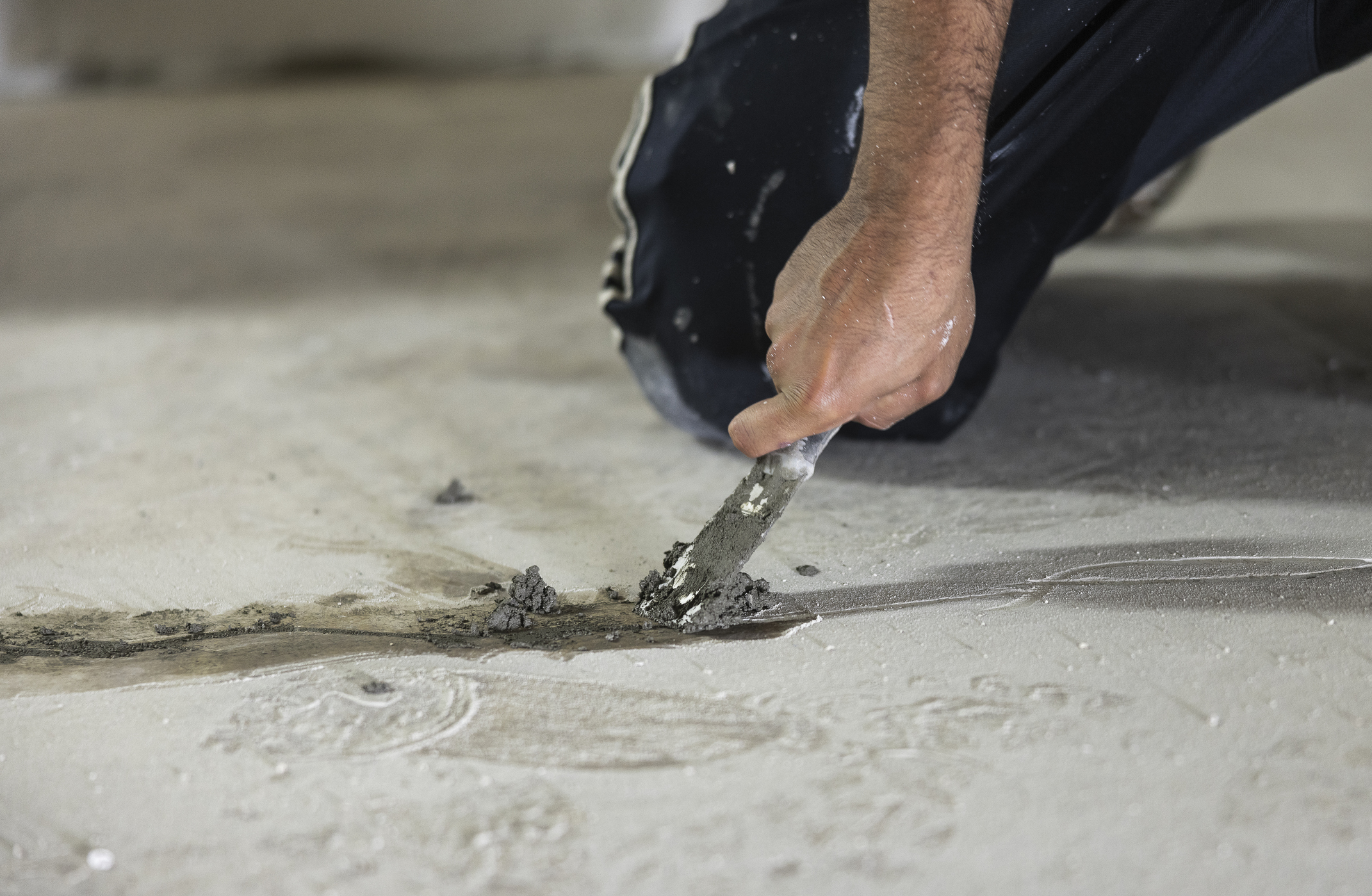By Brooke Chaplan
As a homeowner, keeping your basement dry is essential for maintaining the integrity of your home's foundation and ensuring a healthy living environment. One of the biggest threats to a dry basement is water infiltration caused by excessive rainfall, snowmelt, or plumbing leaks. Fortunately, there are various basement waterproofing systems available that can help prevent water damage and save you from costly repairs. In this article, we will provide you with a complete guide to basement waterproofing, including the different types of waterproofing systems available and how to choose the right one for your home.
Interior vs. Exterior Waterproofing Systems
Waterproofing systems can be classified into two categories: interior and exterior. Interior waterproofing involves installing drainage systems and waterproof barriers on the inside of the basement walls to direct water away from the foundation. This method is usually less expensive and less disruptive than exterior waterproofing. However, it is often less effective because water can still penetrate the foundation walls. Exterior waterproofing, on the other hand, involves excavating the soil around the foundation and installing waterproof barriers and drainage systems outside the walls. This method is more effective but also more expensive and disruptive.
French Drain Systems
French drain systems are commonly used for interior waterproofing and involve installing a drainage system at the base of the foundation. The system consists of a perforated pipe surrounded by gravel or crushed stone that collects water and directs it to a sump pump, which then pumps the water out of the basement. French drain systems are effective at preventing water buildup and are relatively inexpensive to install.
Sump Pump Systems
Sump pump systems are often used in conjunction with other waterproofing systems, such as French drains or exterior waterproofing. The system works by collecting water in a sump basin and then pumping it out of the basement. A backup battery system is recommended to ensure the pump works even during power outages. Sump pump systems are an effective way to prevent water damage and are often required by building codes.
Exterior Waterproofing Membranes
Exterior waterproofing membranes involve excavating the soil around the foundation and applying a waterproof coating or membrane on the walls. The membrane is usually made of rubber, asphalt, or polyurethane and is meant to prevent moisture from entering the foundation walls. This system is more effective than interior waterproofing but also more expensive and labor-intensive.
Foundation Crack Repair
Cracks in the foundation walls can also allow water to penetrate and cause damage. These cracks can be repaired using various methods, including epoxy injection or polyurethane foam. Both methods are effective at sealing cracks and preventing water infiltration.
Basement waterproofing is a critical aspect of home maintenance that can help prevent costly repairs and ensure a healthy living environment. Choosing the right waterproofing system for your home depends on your budget, the severity of water damage, and the local climate conditions. By understanding the various systems available and working with a professional waterproofing contractor, you can ensure a dry and healthy basement for years to come.
Brooke Chaplan is a freelance writer and blogger. She lives and works out of her home in Los Lunas, New Mexico. She recommends contacting professionals who can put in a basement waterproofing system for more information to see if your home can qualify. For more information, contact Brooke via Twitter @BrookeChaplan.








